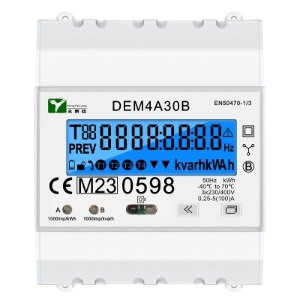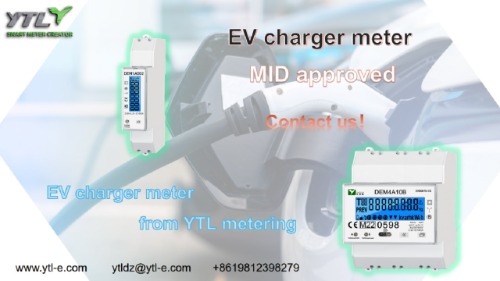What is Shunt Electricity Meter?
The electronic energy meter is mainly composed of electronic devices, which use the voltage and current supplied by the user to sample in real time, and use a special metering integrated circuit to calculate and process the collected voltage and current to obtain the power consumption data. The current sampling devices commonly used in electronic energy meters are shunts, transformers, Rogowski coils, Hall sensors. Shunt energy meter refers to an energy meter that uses a Shunt for current sampling.
Shunts are generally used to extend the current range with a fixed low resistance. Simply put, the Shunt is actually a resistor with a small resistance, and a special manganese copper sheet is used as a resistance material, and when a current is passed, a voltage drop will be generated for the metering chip to collect data. As the core component of high-quality shunts, manganese copper has good electrical conductivity and magnetic permeability. The conductivity and permeability of manganese copper ensure high accuracy and reliability of the shunt, enabling accurate current measurement. In addition, manganese copper also has certain corrosion resistance and heat resistance, which can be used in different environments, so that the life of the Shunt is longer.
The Shunt electricity meter absorbs the characteristics of high accuracy, strong reliability and long life of the shunt, and has been widely used and promoted in power measurement. In the product design process of the energy meter, different acquisition devices will be used to design according to the application scenario, work performance requirements, external volume limitations, etc. Due to the limitation of small size, the Din rail type energy meter mostly uses Shunt sampling, and the following introduces a din rail type Shunt kWh meter.
YTL DEM4A series electricity meter, using Shunt sampling, rail installation, modular design, small size and multifunction.
 | Power parameters: voltage 3×230/400V, current 5 (100)A Accuracy class: Class 1 Communication mode: near-infrared, RS485\M-Bus\CANBus optional; RS485 communication baud rate up to 115200bps Communication protocol: Support Modbus\DTL645 dual protocol The measurement method can be set through communication, absolute measurement, algebraic and measurement, only forward and reverse measurement. Supports 4 tariffs for 8 periods Application scenarios: households, factories, renewable power generation, charging stations, etc |
The Shunt in the Shunt power meter converts the current signal of the high current sensor into a low current signal for easy measurement and calculation by the energy meter. The Shunt reduces the current signal to a suitable range so that it can be processed by the circuitry of the energy meter. Typically, the Shunt reduces the high-current signal to less than a few hundred milliamps so that the energy meter can measure and record energy consumption. In an energy meter, the Shunt is a very important component to ensure the accuracy and reliability of the energy meter.
Comments
Post a Comment